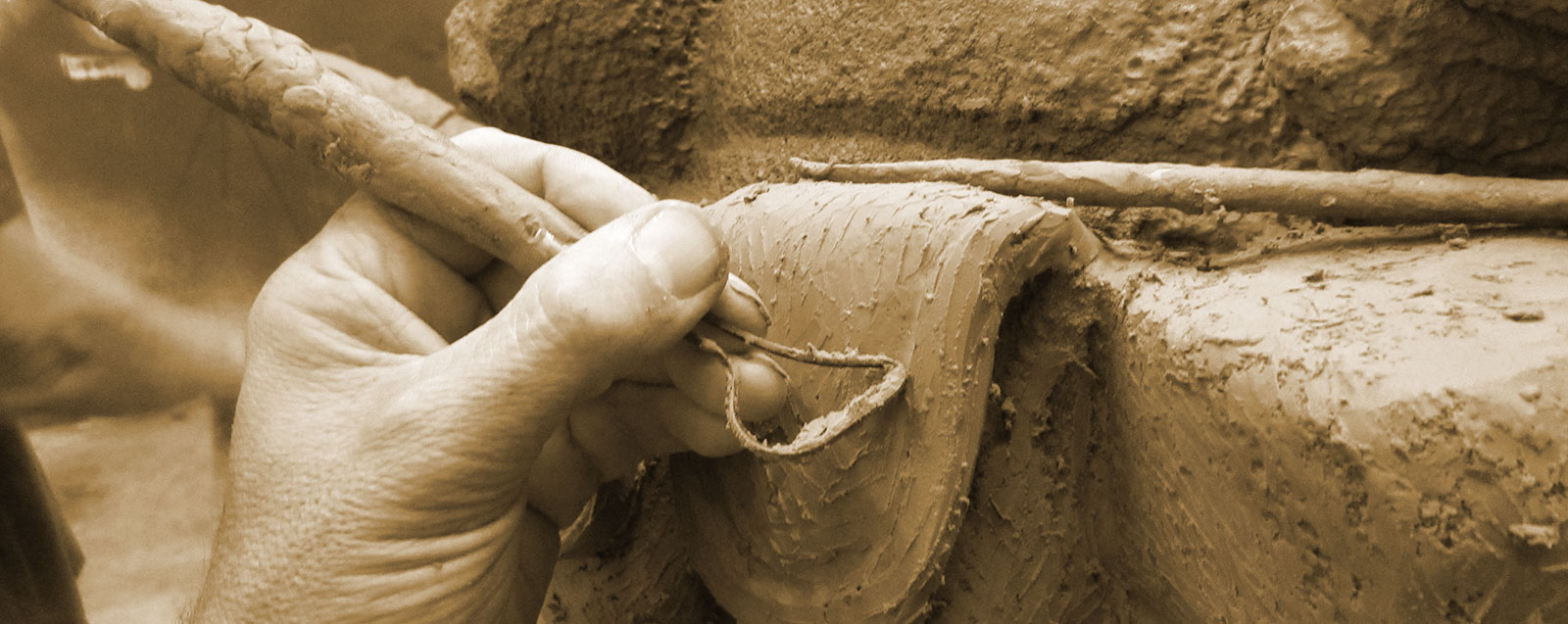About The Lost Wax Process
Copper has been known and used longer than any other common metal. The Egyptians were creating copper articles 5,000 years before The Christ. Gradually, the use of copper spread throughout the world until it was supplanted by the unique alloy we now call bronze. Bronze is a strong, durable, alloy of copper and tin. Bronze casts well and is a beautiful metal to work with, being easily tooled and finished. It does not corrode deeply, giving it an indefinite lifespan. These properties, combined with its ability to take on beautiful colored finishes have made bronze the most useful and valued sculpture medium in history.
The lost wax method of bronze casting is at least 6,000 years old. Ancient cultures in Greece, Egypt, Rome and the Near East used this method to create early sculptures, and many of the ancient principals of casting are still utilized in today's lost wax method.
Every single bronze casting is a unique and individual creation. From Douwe’s original sculpture, a complex mold is fashioned, which is in turn used to cast a hard wax copy of his original. This copy is then cleaned up, and encapsulated in a special high-temp plaster-like material (called investment), which is placed in a kiln. The now-melted wax copy flows out of the investment mold; hence the name "lost wax". Molten bronze is now poured into the now vacant cavity and allowed to cool before the investment material is broken away, exposing the new, rough bronze casting. The castings are then cleaned up, and since all but the simplest shapes are typically cast in many pieces, they are welded back together. The welds, casting defects, etc. are now laboriously removed and polished by hand, leaving a surface ready for the final step, the patina. Various chemicals are applied to the reheated sculpture to create the desired final color, or patina, which is then protected by a final application of wax given to the still hot bronze statue. After mounting, the piece is now ready for final inspection, after which, Douwe affixes his signature and the edition number. Each and every casting from a mold must go through this labor intensive, "old-world" process. Because of the unique nature of the process, each casting taken from the same mold is a unique and identifiable individual.
Douwe's Editions are cast using only the finest art bronze alloy available. This alloy is unsurpassed in its ability to capture the smallest detail, and being virtually impervious to the elements will last indefinitely.

